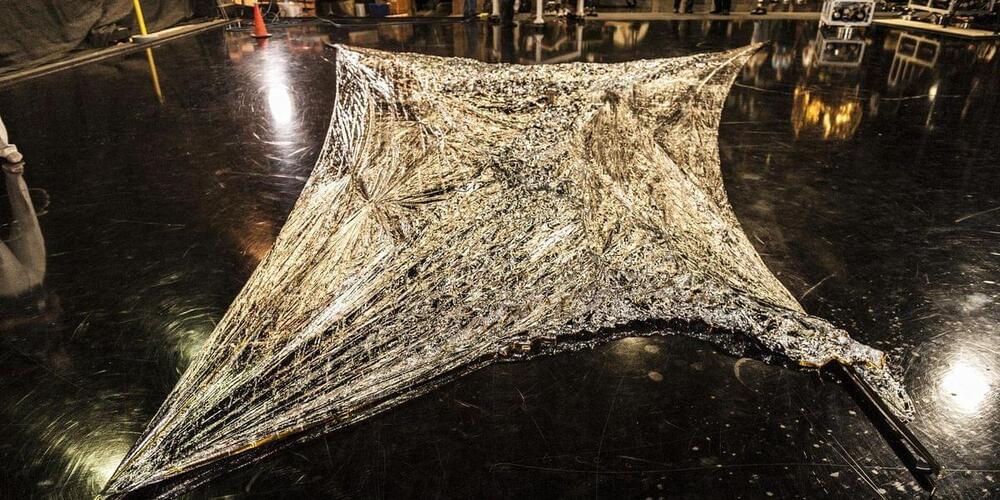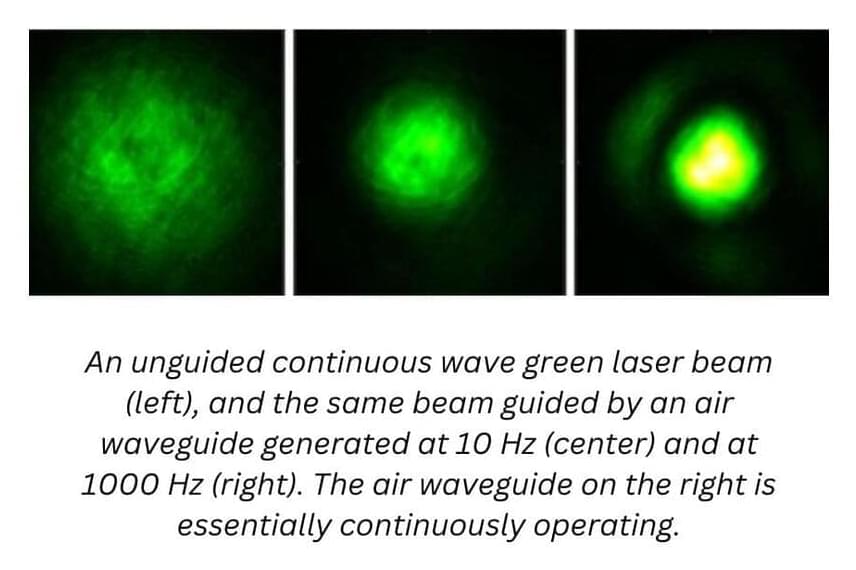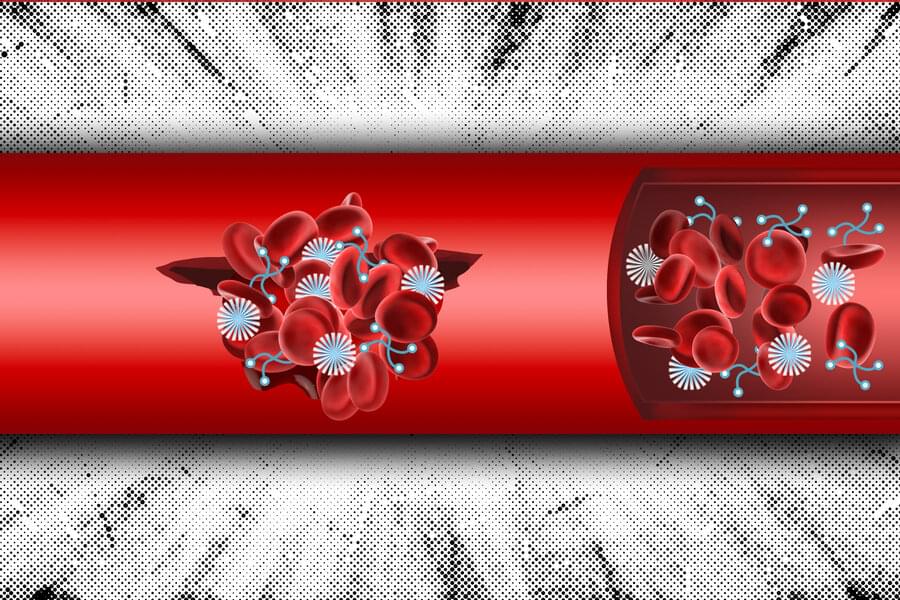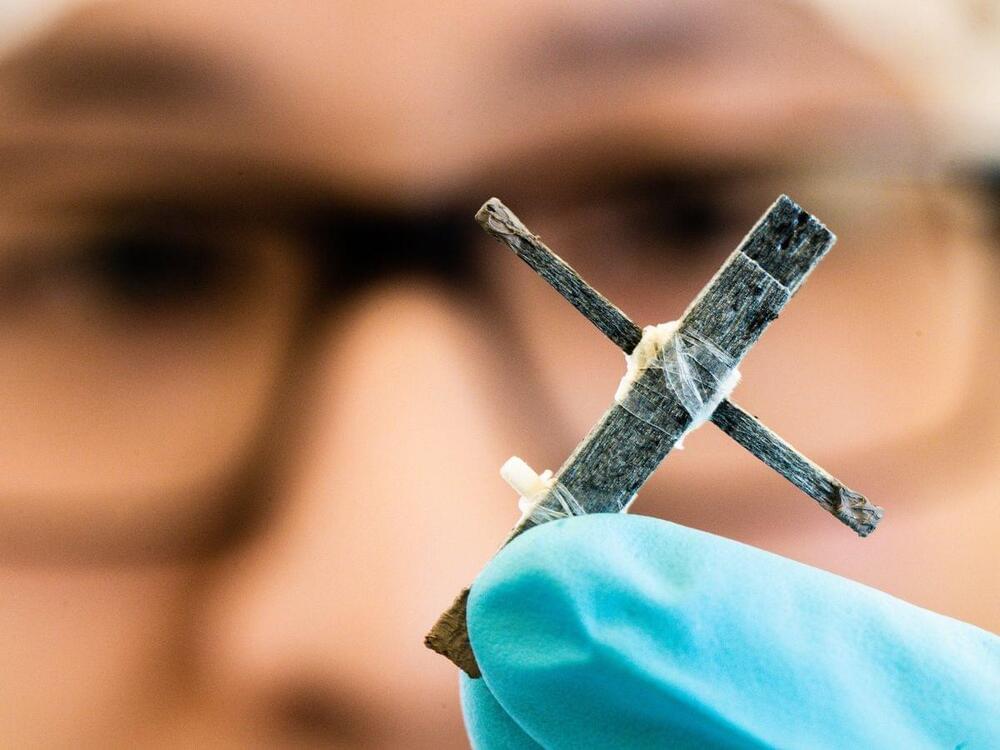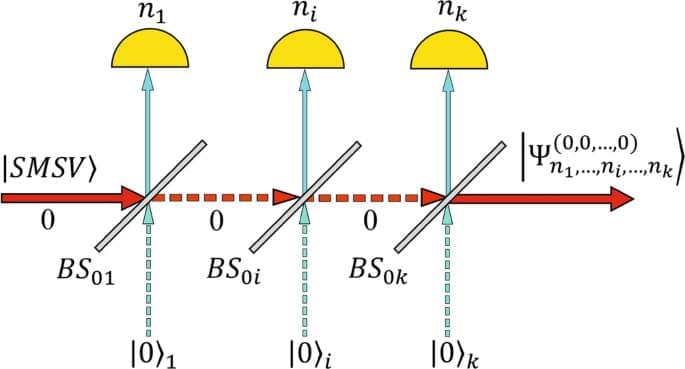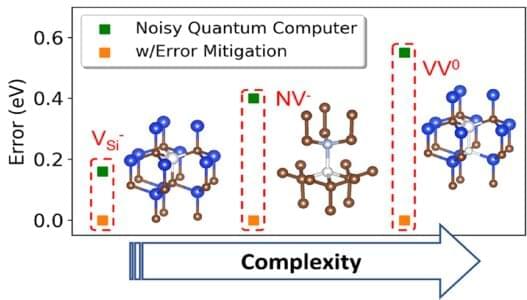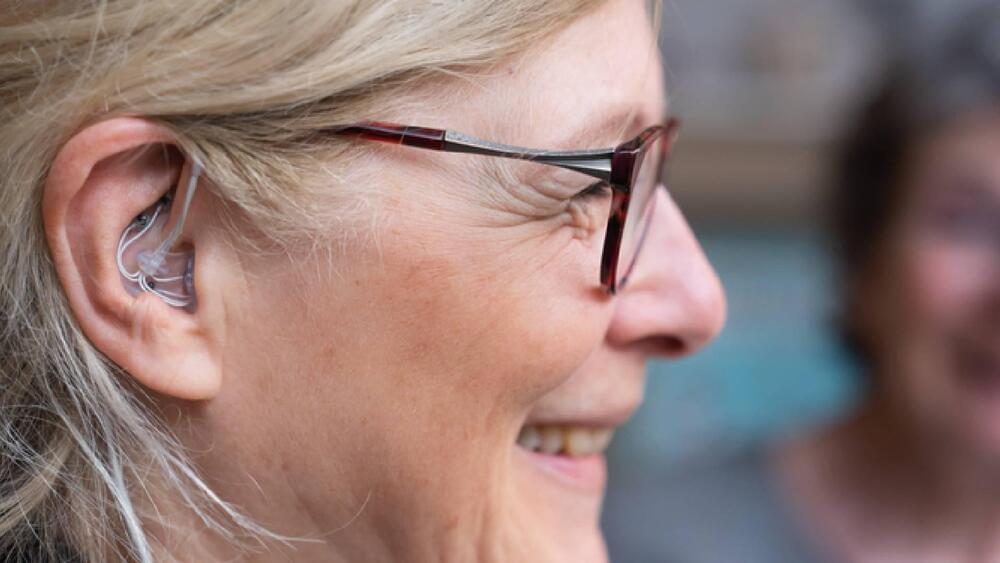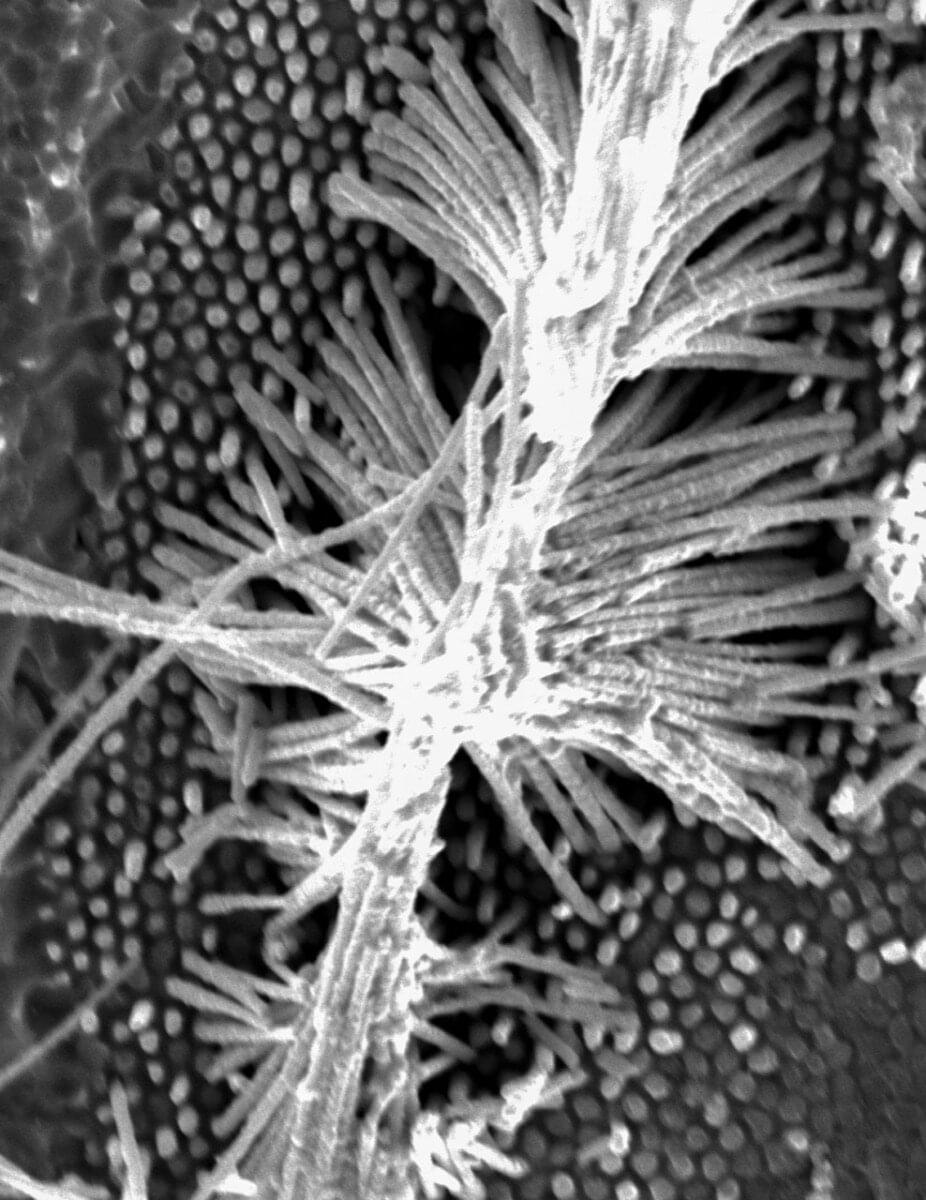They’re not a common thing right now, but the technology of solar sails has recently had some success. In particular, it’s had success in exactly the way JPL has been proposing it be used more—in combination with CubeSats. From 2019 to 2022, a crowdfunded CubeSat project called LightSail 2 run by The Planetary Society “successfully used sunlight alone to change its orbit around Earth,” according to the Society’s website. And just recently, NASA launched a sail-powered CubeSat called Near-Earth Asteroid (NEA) Scout as part of the Artemis I mission.
So, with recent functional missions to point to and inside knowledge of what it takes to complete a successful space mission—from engineering marvels to monetary considerations—the team from JPL is pitching we make a lot more use of this pairing through what they call the Sundiver concept.
“Together, small satellites with lightweight instruments and solar sails offer affordable access to deep regions of the solar system, also making it possible to realize hard-to-reach trajectories that are not constrained to the ecliptic plane,” the preprint reads. “Combining these two technologies can drastically reduce travel times within the solar system, while delivering robust science.”
